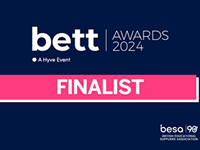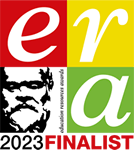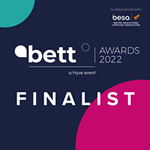It includes:
- Student Learning Record (A3 version in word)
- Student Learning Record (PDF version)
- Student Learning Record (PowerPoint version)
- Student Learning Record (Exemplars)
- Set of student activities and workshops with answers
- Answers to the exam questions from the back of the SLR
- Teacher Marking Checklist
- Year 13 Recap Lesson
H046
- 1.4.3 a-c Boolean Algebra
H446
- 1.4.3 a-e Boolean Algebra
Specific knowledge required for AS and A Level:
- Candidates should be familiar with AND, OR, NOT and XOR. Candidates should be familiar with the logic of each Boolean operator, and the truth tables.
- Candidates should be able to construct logic gate diagrams from a Boolean expression and viceversa.
- Candidates should be able to construct truth tables from Boolean expressions and logic gate diagrams.
- Candidates should have an understanding that Boolean expressions can be simplified and should have experience of simplifying expressions using Karnaugh maps.
- Candidates should be able to create, complete and interpret Karnaugh maps to simplify Boolean expressions.
Specific knowledge required for A Level ONLY:
- Candidates should be aware of the given De Morgan’s laws and should be able to apply these to a Boolean statement.
- Candidates should have experience of manipulating and simplifying Boolean statements using these rules of distribution, commutation, association and double negation.
- Candidates need to understand the purpose and principles of D type flip flops and how and where they are used in a computer. They should be able to recognise how they can be triggered by a clock pulse (see practice paper 2 for an example).
- Candidates are not expected to memorise the logic gates that make up a D-type flip flop.
- Candidates need to understand the purpose and function of an adder circuit, and the difference between a half and full adder. They should be able to recognise and draw the logic gates and truth tables for full and half adders.






